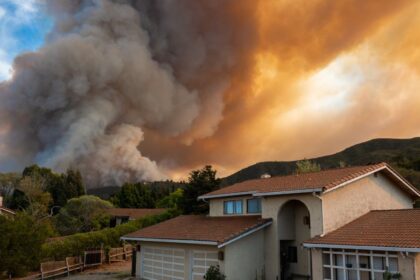
Whether you’re building a new property or looking to update an existing one, investing in fire-rated vents can save your family’s life. Before you do that, it’s essential to know how these fire-resistant vents differ from traditional vents. Below, we’ll discuss the core difference and help you understand the need for safe and secure fire-safe ventilation.
Purpose of Fire-Resistant Vents
Fire-resistant vents, or ember-resistant vents, are specifically designed to keep the flames and embers of a wildfire out of a structure. This vent is better suited for structures in the line of wildfires. A typical wire mesh ventilation system cannot combat the elements like a vent designed to prevent the spread of fire. Single and multi-story homes all use ventilation systems for consistent airflow and to keep crawl spaces cool. Without fire-rated vents, these spaces are subject to attracting and inviting unwanted embers, heat, and flames into the property.
When a fire-resistant vent senses rising heat and incoming flame, the firewall technology activates and secures the space from embers and flames. This special coating is known as intumescent coating. Our vents at Vulcan are the only available vents that meet Wildland Urban Interface technology standards and pass the secure one-hour testing procedures.
A Look at Traditional Vents
A traditional, non-fire-rated vent system will help a property reduce moisture buildup and increase air flow. This is essential regardless of structure, but in some cases, this is not enough protection or security depending on the geographical location. For properties in wildfire zones or surrounding dry climates, these traditional, soffit-style ventilation systems serve the general purposes and are commonly made of materials that can wither or damage easily in high heat settings, such as the presence of fire.
The Primary Differences and How To Choose
The common denominator of fire-resistant and traditional vents and how they differ is the way the materials withstand potential flame heat and the technology activating the vent. The technology in a fire-resistant vent stops the entry of embers or heat. A traditional ventilation system passes the airflow to reduce moisture but cannot expand or trap heat outside of the property.
Vulcan Technologies Can Help
Vulcan Technologies proudly offers industry-leading technology with certified, industry-standard ventilation solutions. We support the state of California and the efforts to raise awareness about wildfires and reduce the damage to properties. Connect with us today to learn more about our fire-rated vents!

